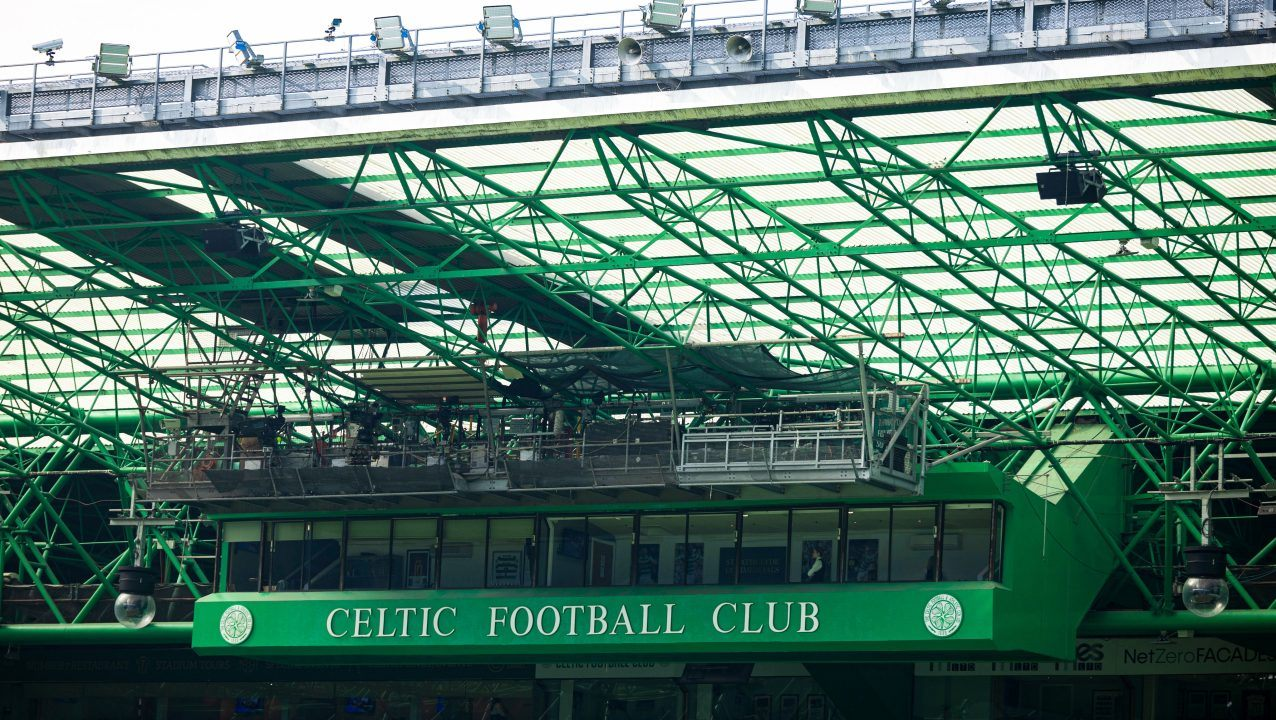AMD’s Anti-Lag Feature: A Double-Edged Sword in Counter-Strike 2

AMD’s Anti-Lag Feature: A Double-Edged Sword in Counter-Strike 2
In the fast-paced world of esports, every competitive advantage counts. Gamers constantly seek ways to enhance their performance, and graphics card manufacturers like AMD have been striving to meet their demands. However, a recent development has shaken the Counter-Strike 2 community, and it all revolves around AMD’s Anti-Lag+ feature.
The Banning Dilemma
Valve, the company behind Counter-Strike 2, issued a stern warning to players: if you’re using AMD’s latest graphics driver with the Anti-Lag+ feature enabled, you might find yourself banned from the game. The reason? Valve’s Anti-Cheat system is flagging the Anti-Lag+ feature as potential cheating due to its impact on dynamic library functions.
The Anti-Lag+ feature, designed to reduce latency and enhance gaming experiences, does this by intercepting and redirecting dynamic library functions. Unfortunately, Valve’s Anti-Cheat system interprets these actions as cheating, leading to unwanted bans for players who genuinely want to improve their gaming experience.
Valve’s Response and AMD’s Rollback
Valve took to Twitter to address the issue, advising players not to enable the Anti-Lag+ software. They also assured the affected players that, once AMD releases an update to rectify the problem, they will work to identify those who were mistakenly banned and reinstate their accounts. For now, players can disable Anti-Lag+ by using the hotkey Alt+L.
AMD, on the other hand, quickly acknowledged their mistake. The Radeon driver responsible for the predicament introduced the Anti-Lag+ feature, aiming to provide AMD users with a comparable experience to NVIDIA’s Reflex Low Latency setting. However, the method employed to implement this feature inadvertently interfered with the game’s DLL engine functions, closely resembling the injection methods that malicious hackers use.
As a result, players using this feature found themselves on the wrong end of VAC (Valve Anti-Cheat) bans. A VAC ban restricts players from participating in online matches protected by the VAC system and prevents the sale or trade of in-game items. For Counter-Strike 2 players with valuable skins worth potentially hundreds or thousands of dollars, this was undoubtedly a cause for concern.
However, Valve swiftly stepped in to address the issue and work on reversing the bans that AMD users received. AMD itself rolled back the driver update to prevent further players from being affected.
Optimizations Lost and Lessons Learned
While the driver introduced a hiccup in the Counter-Strike 2 community, it’s worth noting that it also brought optimization updates for other games like Assassin’s Creed Mirage, Forza Motorsport, and Lords of the Fallen. AMD users can expect a revised driver in the near future to regain these optimizations and, hopefully, a lesson learned on AMD’s part.
In the world of esports, every performance tweak can be a game-changer, but in this case, AMD’s well-intentioned feature inadvertently disrupted the competitive scene. Gamers can breathe a sigh of relief as Valve works on righting this situation, reminding us all of the importance of balance between performance enhancements and maintaining the integrity of the game.



